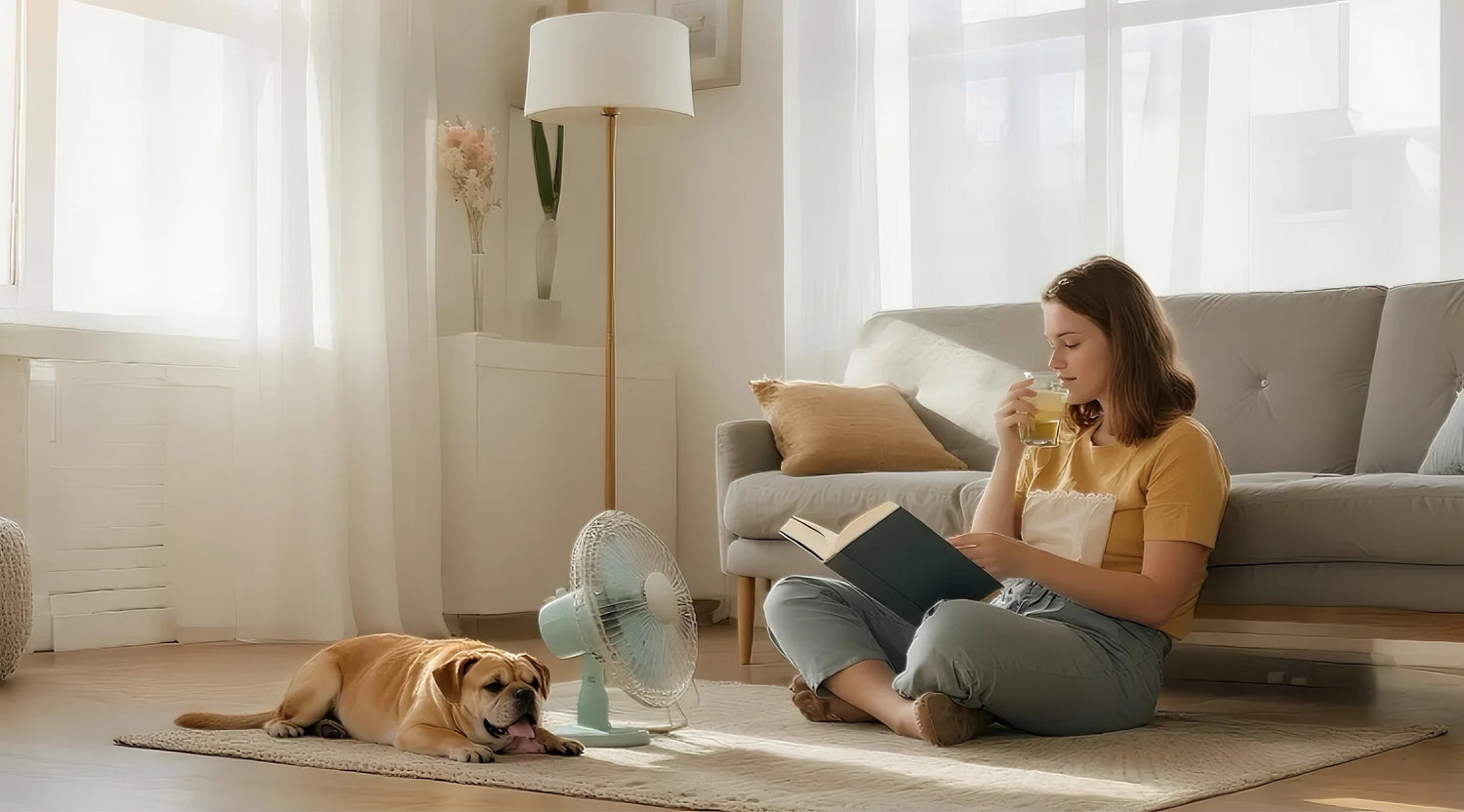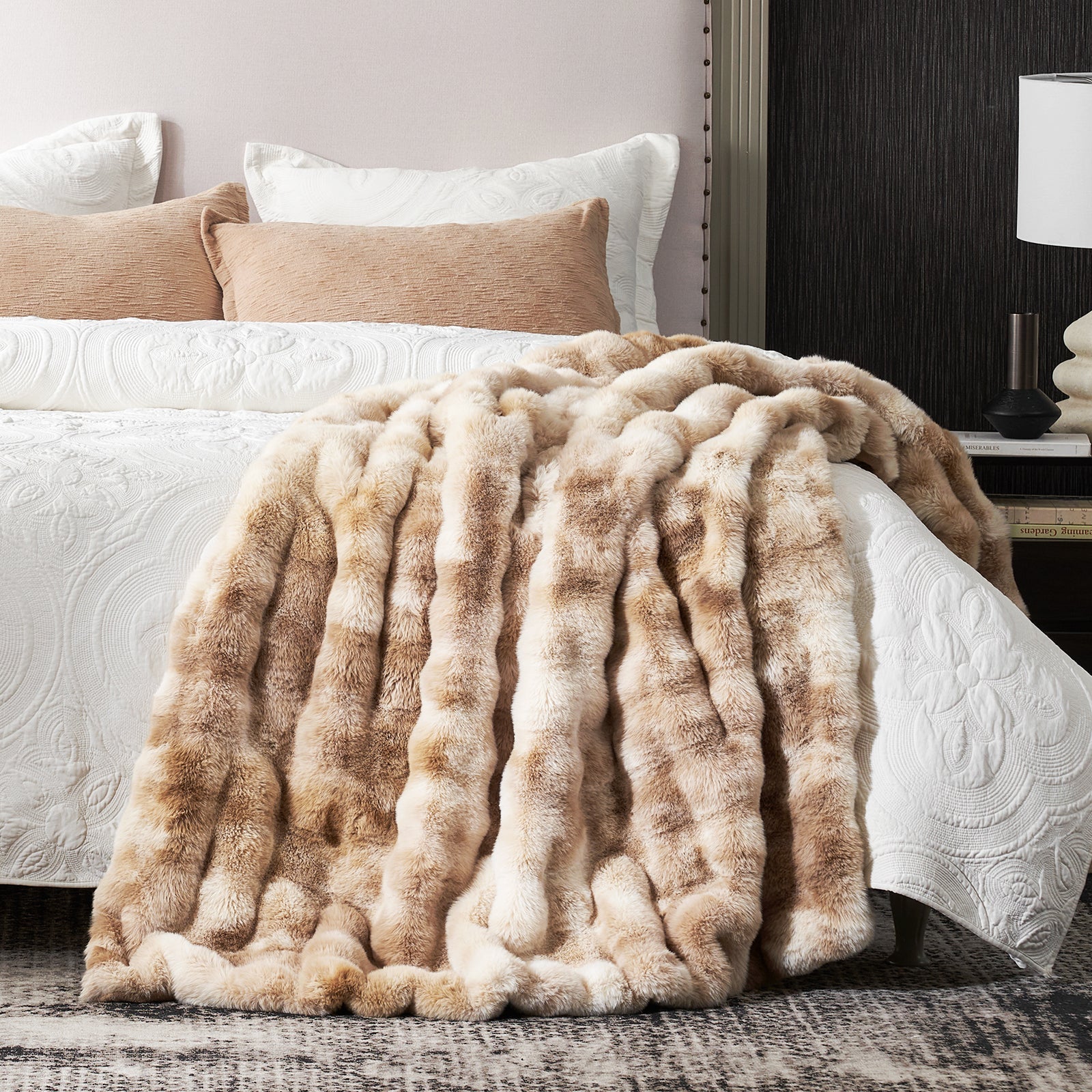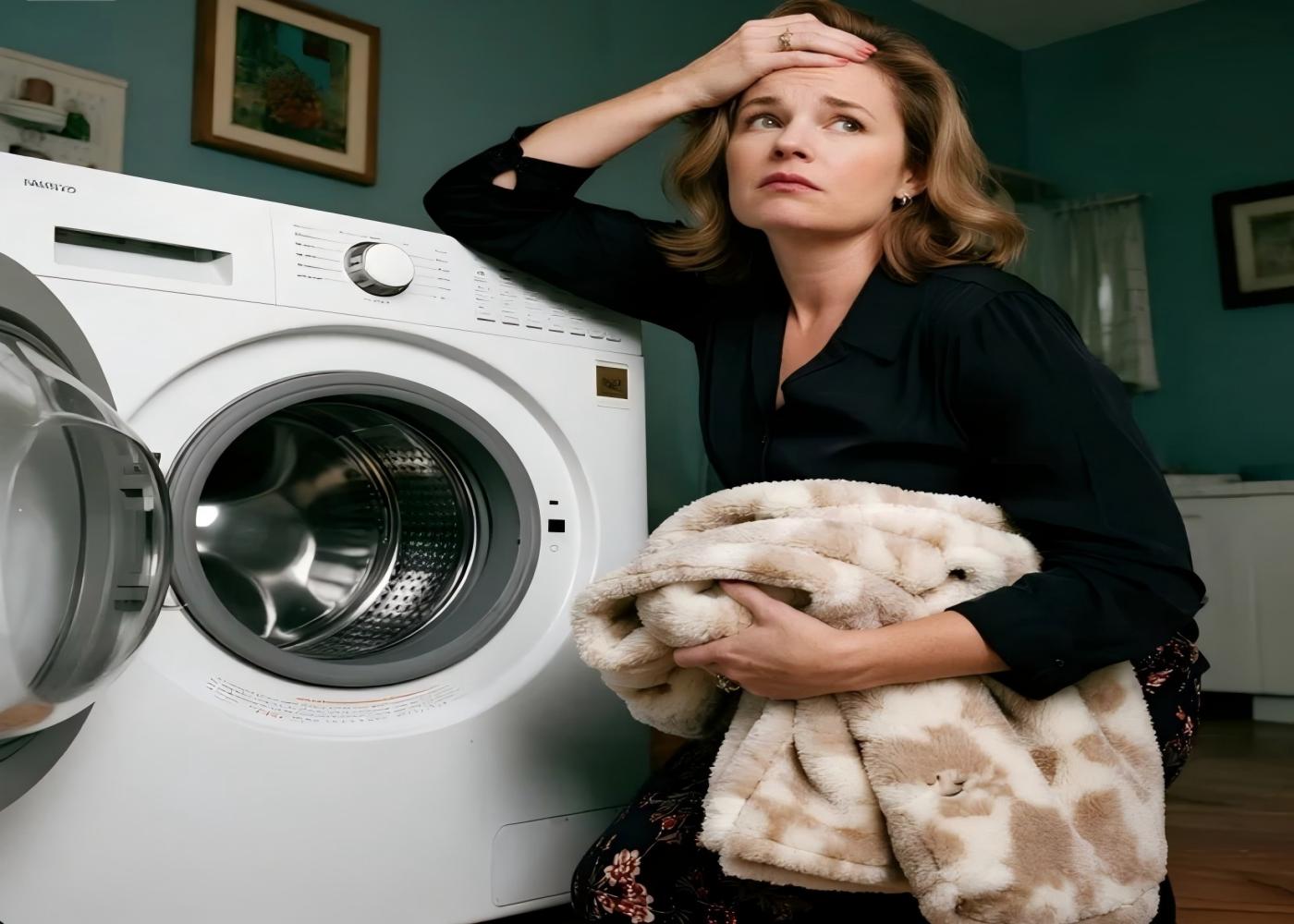When summer arrives, so do higher temperatures. Learning how to handle the heat is important for staying comfortable, healthy, and keeping your energy bills in check. This guide offers straightforward, effective tips to help you get through the hottest days of the year. You'll find practical advice on everything from simple home adjustments to personal habits, all aimed at making your summer safer and more enjoyable.
The Health Risks of Extreme Heat
It’s important to first understand the health risks that come with high temperatures. Extreme heat puts a lot of stress on your body and can cause serious problems if you’re not careful.
Common Heat-Related Illnesses
People can get sick when their bodies can't cool down fully. Another problem that often comes up is heat exhaustion, which happens when you're in hot weather for too long without drinking enough water. Heavy sweating, feeling dizzy, being sick, and having a weak or fast heartbeat are all signs. If you don't treat heat exhaustion, it can turn into heat stroke, which is very dangerous. People get heat stroke when their body temperature goes up to 104°F (40°C) or more. People who have these symptoms will have a very high body temperature, be confused or act differently, have hot and dry skin, and have a terrible headache. This needs medical help right away.
Groups at Higher Risk
Heat can make some people feel worse than others. It's harder for kids' bodies to adjust to changes in temperature. Also, older people and people with long-term health problems are more likely to get hurt because their bodies can't control their temperature as well. People who have heart, lung, or kidney problems should also do this. Don't forget about pets that get too hot very quickly or people who work outside and are in the sun all the time.
Signs of Overheating
The best way to stay safe is to pay attention to your body. Feeling especially tired, dizzy, or getting a headache are early signs that you may be too hot. Muscle cramps or a fast heart rate are also clear signs. You should act right away if you notice any of these signs. Get somewhere cooler, drink some water, and rest. If you notice these signs early, you can avoid more dangerous conditions like heat exhaustion that we talked about earlier.
Seven Smart Tips to Stay Cool This Summer
Effectively handling the heat requires a few adjustments to your daily routine. Your first line of defense is always ensuring your body is properly equipped to cool itself down.
1. Eat and Drink to Stay Hydrated
Your body's primary cooling mechanism is sweating, but it only works if you're well-hydrated. Drinking enough fluids is the first and most important step to staying cool. While water is always a great choice, you can make your hydration more effective and interesting.
- Eat foods with high water content. Add items like cucumber, watermelon, strawberries, and celery to your meals. They are refreshing and can significantly boost your fluid intake.
- Replenish your electrolytes. Sweat depletes essential minerals like potassium and sodium. You can restore them with natural sources like coconut water and bananas, or by adding a pinch of sea salt and a squeeze of lemon to a glass of water.
- Try chilled herbal teas. Peppermint and hibiscus teas have natural cooling properties and are very refreshing when served over ice.
For best results, sip drinks steadily throughout the day. Your body can absorb fluids more efficiently this way than when you drink a large amount all at once.
2. Choose Lightweight, Breathable Clothes
The clothes you wear have a major impact on your comfort. The key is to choose fabrics that let your skin breathe. Natural materials like cotton, linen, and bamboo allow air to circulate and moisture to evaporate, which helps cool you down. Synthetic fabrics like polyester tend to trap heat and sweat against your skin.
In addition to fabric, think about color and fit. Light-colored clothing reflects sunlight and absorbs less heat, while loose-fitting clothes promote airflow around your body.
3. Create a Cooler Bedroom for Better Sleep
A hot bedroom can easily disrupt your sleep. Applying the same logic from your daily wardrobe, choose bedding made from breathable materials like percale cotton or linen to help wick away moisture. For an even more effective cooling solution, consider investing in a cooling bedding system. Beyond the lightweight cooling blanket, the market also offers cooling comforters and cooling pillowcases. These products are specifically engineered with advanced fabrics and technologies to draw heat and moisture away from your body, ensuring you stay comfortably cool all night long.
For a simple trick, place your pillowcase in the freezer for 15-20 minutes before you go to bed. The initial coolness can make it much easier to drift off to sleep.
 4. Block Sun During the Day, Let in Cool Air at Night
4. Block Sun During the Day, Let in Cool Air at Night
Manage your home’s temperature by working with the daily heat cycle, not against it. During the hottest part of the day, use blackout curtains or blinds to block direct sunlight from warming up your rooms, especially on windows that face south and west.
Then, take advantage of cooler temperatures in the early morning and late evening. Open windows on opposite sides of your house to create a cross-breeze and exchange the warm, stale indoor air for cooler, fresh air. Before the sun gets strong, close everything up to trap that cool air inside for the day.
5. Use Your Fans and AC More Strategically
You can significantly improve the effectiveness of your fans and air conditioning with a few adjustments.
- Make a DIY air cooler. Place a shallow bowl of ice in front of a box fan. The fan will blow a cool, misty breeze into the room.
- Set your ceiling fan correctly. For summer, your ceiling fan blades should rotate counter-clockwise to push cool air down into the room.
- Position fans for a cross-breeze. Use one fan to push hot air out a window while another pulls cooler air in from a different window or a cooler part of the house.
If you have an air conditioner, it’s more efficient to set it at a consistent, moderate temperature rather than turning it off and on. Remember to clean the filter monthly for better performance. You can also use fans in conjunction with the AC to circulate the cooled air, which allows you to set the thermostat a few degrees higher and save energy.
6. Reduce Heat from Appliances and Lights
There are many things in your home that make heat. On hot days, try to use them as little as possible. The oven and stove can make the kitchen very hot, so you might want to use a microwave, cook outside on a grill, or make cold foods like salads instead.
Also, electronics and chargers give off "phantom heat," so unplug them when not in use. Last but not least, replace any old incandescent light bulbs with LEDs. LEDs use less electricity and make a lot less heat.
7. Cool Your Body Down Instantly
If you're too hot and need to cool down right away, try one of these easy tricks. The inside of your arms and the back of your neck are your pulse points. Put a cold pack on them or run cool water over them. It's easier to cool down quickly if you cool these places where blood flows close to the skin.
A cool foot soak is another way that works surprisingly well. Soaking your feet in a bowl of cool water helps right away. You can also keep some wet washcloths in the freezer to use on your face or neck quickly to cool them down.
How to Stay Safe from Heat Outdoors
The previous tips focus on keeping you comfortable at home, but you can't always stay indoors. When you do need to venture out, a more proactive approach to safety is crucial.
Prepare Properly Before You Go
First, be smart about when you do things. Do hard things like yard work or exercise when it's cooler, like before 10 a.m. or after 4 p.m., to avoid the sun's strongest rays. Pick out the right gear next. Wear light, loose-fitting, and light-colored clothes. Also, wear a wide-brimmed hat and sunglasses that block UV rays. Sunscreen is a must. Use a broad-spectrum product with at least SPF 30, put it on 15 to 30 minutes before going outside, and keep putting it on every two hours or more often if you swim or sweat.
Monitor Your Body's Needs
Keep yourself hydrated by bringing a water bottle with you and drinking from it all the time, even when you don't feel thirsty. It's also important to know the signs of heat stress. Watch out for signs like heavy sweating, feeling dizzy or sick, getting headaches, having a fast but weak pulse, or having skin that feels cool and wet. If these things happen to you or someone else, get to a cooler place right away, loosen up, and sip water slowly.
Create a Comfortable Cool Zone
If you want to enjoy your own backyard, making a shaded place will make it much more comfortable. A big patio cover, a shade sail stretched over a deck, or an oscillating misting fan can all offer a nice break from the sun, which makes being outside a lot more fun.
Make This Summer a Cooler One!
Effectively handling summer heat is about being prepared. By using these tips—from making your home more efficient and choosing the right clothes, to understanding the health risks and protecting your family and pets—you have a solid plan. A few smart habits can make a big difference in keeping you safe and comfortable all season long.



Leave a comment
This site is protected by hCaptcha and the hCaptcha Privacy Policy and Terms of Service apply.